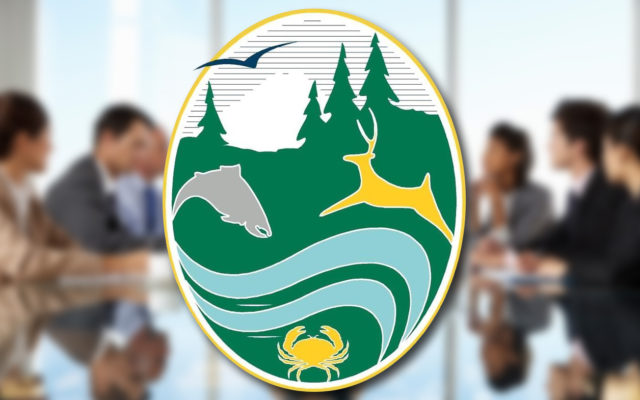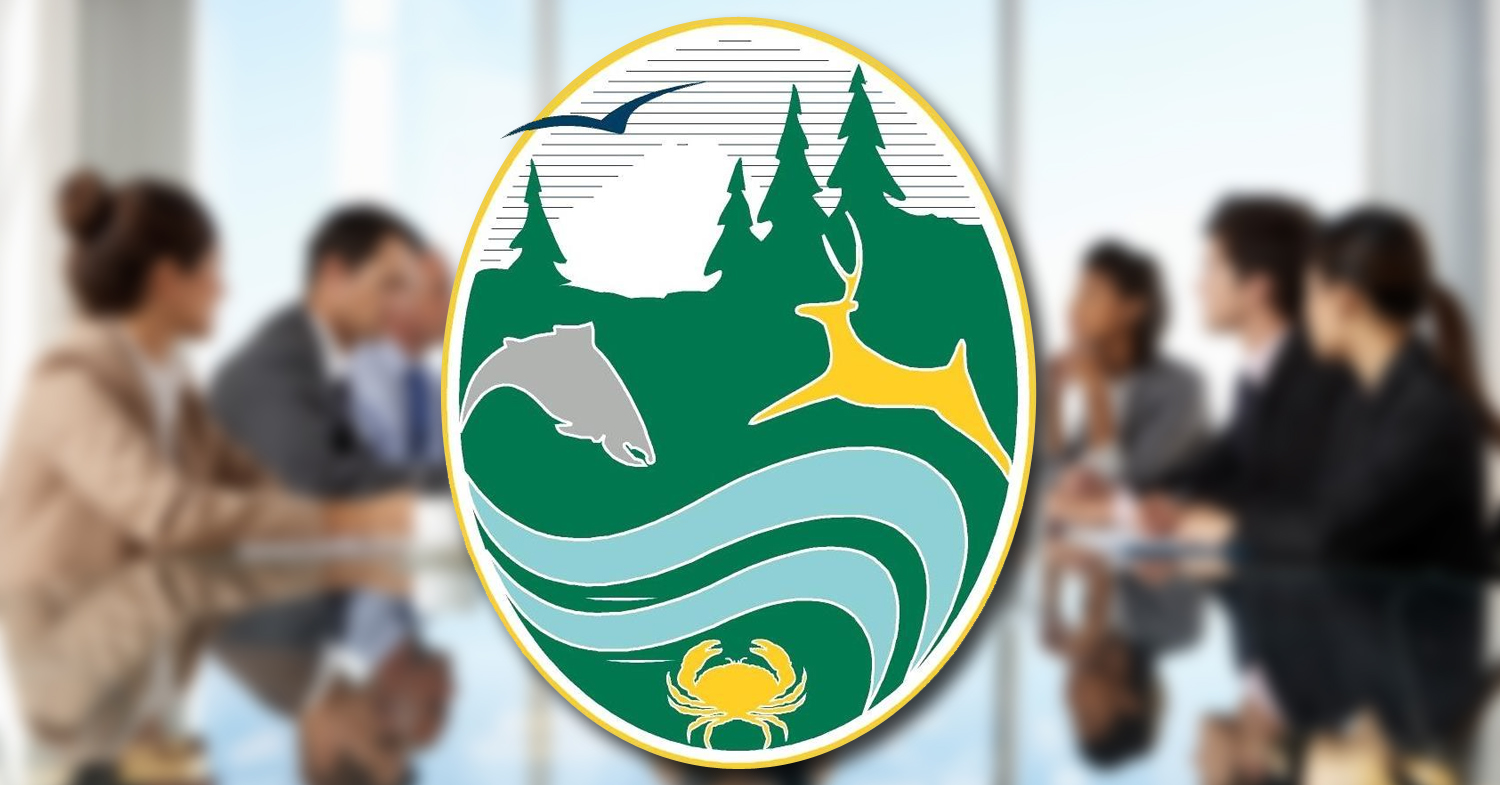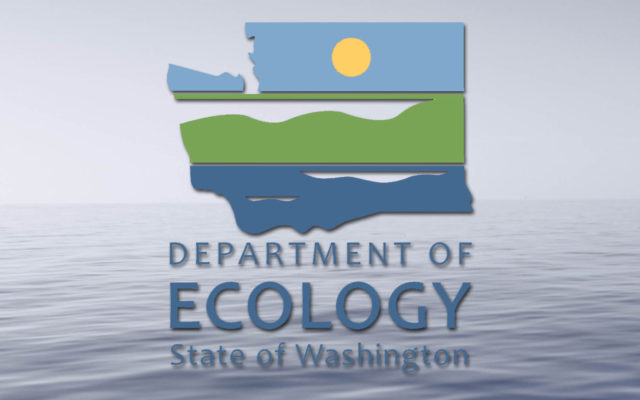WDFW launches 10-year strategy for their lands


The Washington Department of Fish and Wildlife (WDFW or Department) announced the publication of its 10-year strategy for managing outdoor recreation on over 1 million acres of WDFW-managed lands.
The document is said to be used as a guide for the Department’s efforts to respond to increasing demand for access, make public lands more welcoming to visitors, and protect critical resources.
“Enthusiasm for outdoor recreation reached new peaks during the pandemic and we expect the pace to continue in the years to come,” said WDFW Director Kelly Susewind. “This strategy will allow us to continue welcoming people to enjoy these beautiful places, while also reducing impacts to natural, cultural and tribal resources.”
WDFW identified six initiatives as part of the strategy:
- Recreation Planning: Plan to accommodate outdoor recreation where it is compatible with conservation goals and other management priorities.
- Education and Engagement: Engage diverse Washingtonians in planning and managing recreation and encourage the development of a stewardship ethic in all visitors to WDFW-managed lands.
- Use and Impact Monitoring: Develop and manage data systems that support recreation planning and management decisions.
- Rulemaking: Regulate recreation uses of WDFW-managed lands to protect the health and safety of fish, wildlife, habitat, department personnel, neighbors, and other visitors.
- Travel Management: Develop a sustainable multimodal travel management program that addresses the designation, development, decommissioning, maintenance, and monitoring of roads and trails on WDFWmanaged lands.
- Capacity and Funding: Develop the tools, workforce, and sustainable funding to deliver on the vision of the 10- year Recreation Strategy for WDFW-managed Lands.
The strategy also includes a commitment to the implementation of the broader agency Washington Hunting and Angling Recruitment, Retention, and Reactivation (R3) Plan to support hunters and anglers both on and off WDFW-managed lands, while also welcoming new visitors and outdoor enthusiasts.
“This strategy is ambitious and a big step forward in envisioning a more inclusive and sustainable future for outdoor recreation on WDFW-managed lands,” said WDFW Lands Division Manager Cynthia Wilkerson. “We appreciate everyone who took the time to share their thoughts and ideas with us throughout this process. We also look forward to ongoing engagement during its implementation to help garner the support necessary to build our capacity for success.”
The published document followed a two-year planning process with tribal government, partner and stakeholder engagement and public feedback, culminating with a public comment period that garnered more than 600 comments in winter 2022.
WDFW staff briefed the Washington Fish and Wildlife Commission on the strategy during its August meeting .
To view the strategy, visit wdfw.wa.gov/publications/02293.
You Might Also Like



